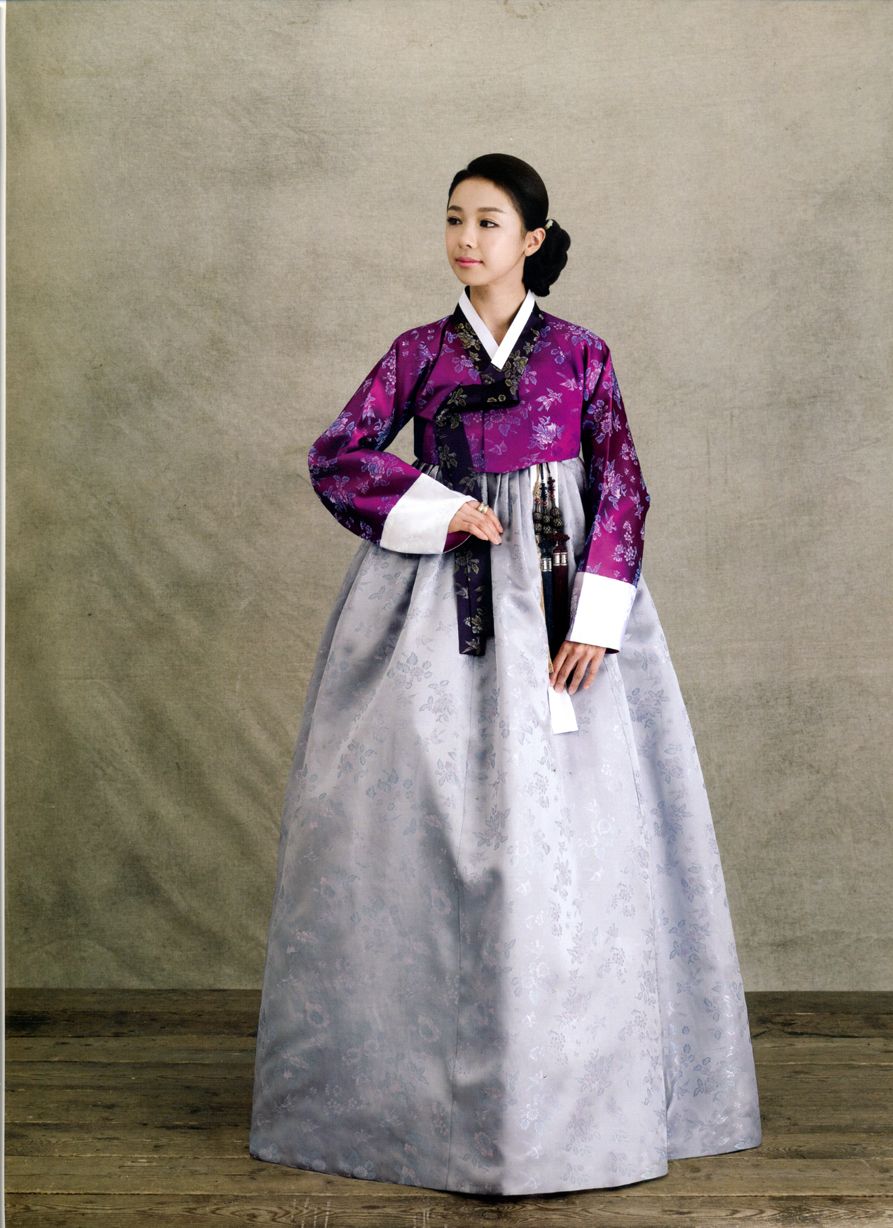Celebrity style

The Burmese have been wearing their traditional clothing for centuries, with the design being influenced by those in power and adorned with jewelry. Women wore decorated blouses, head ornaments, felt footwear, and a htamein, while men wore a turban, hnyat-phanat slippers, a silk jacket embroidered with fur, and a cotton shirt. When Indian immigrants arrived, the traditional clothing was influenced slightly. Even today, the traditional costumes of Myanmar are worn and consist of two sets for both men and women.

The hanbok is a traditional attire in South Korea that is worn during formal or semi-formal occasions. It is composed of a wrapped front top and a high-waisted skirt, typically in bright colors. Its design has remained unchanged since the Goguryeo Kingdom era and its colors are linked to yin and yang and social and marital status. The modernized versions of hanbok have gained popularity in fashion shows worldwide, and the Korean government established Hanbok Day in 1996.

The kimono is a traditional outfit in Japan that was first worn by noblewomen during the Heian period. It became popular among all people during the Edo period but was slowly replaced by Western clothing during the Meiji era. Nowadays, it is mostly used for special events like weddings or funerals. There are various types of kimonos, including the casual yukata and the formal furisode.

